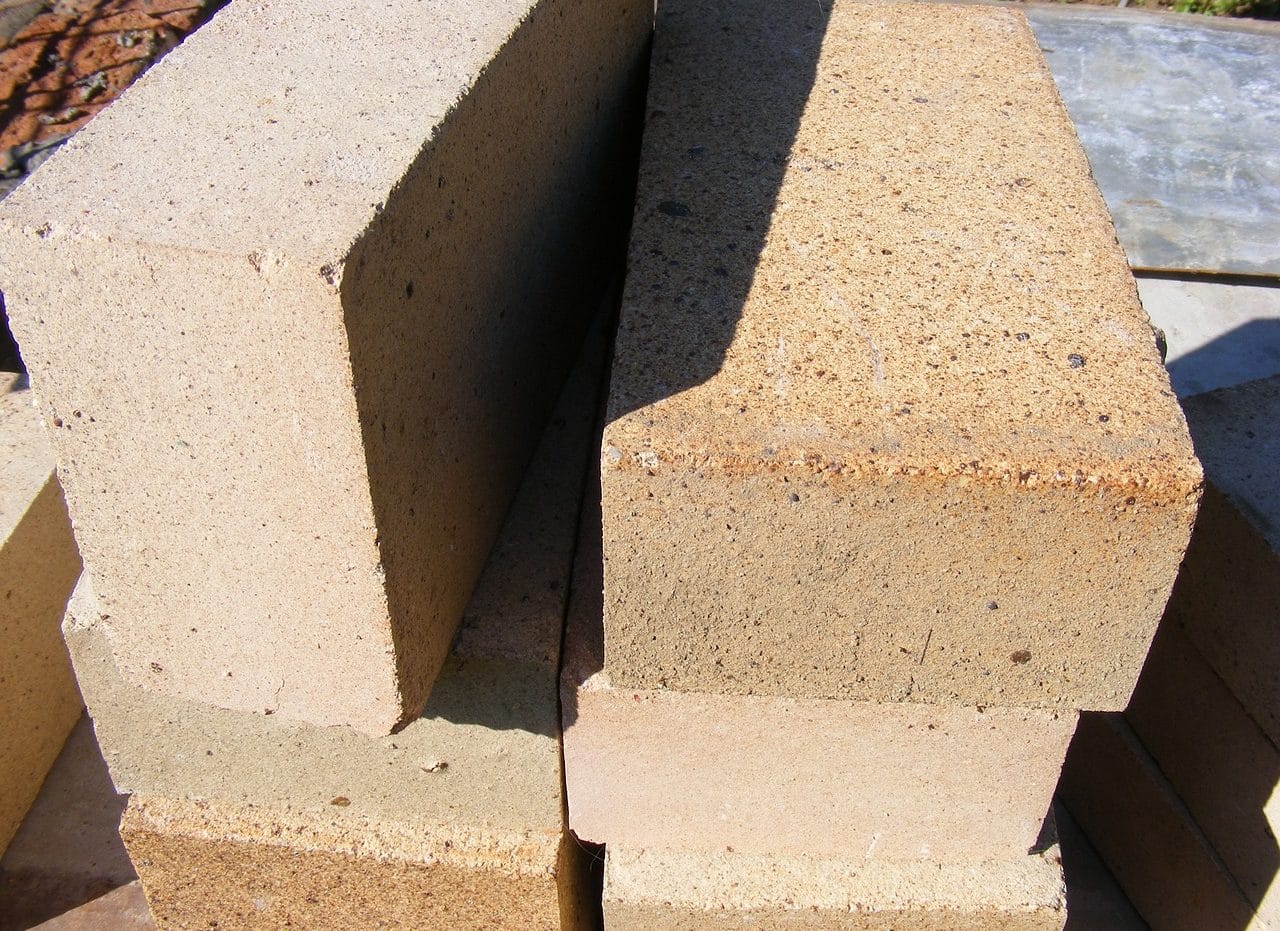
Those who are not willing to follow orders are mentioned as refractory.
Refractory is an adjective that comes from the Latin word refractarius . The dictionary of the Royal Spanish Academy ( RAE ) mentions different meanings of the term: the first refers to the individual who rejects the fulfillment of an obligation or a duty .
Someone refractory, therefore, shows rebellion to comply with a command or to accept a thought different from their own. For example: “The player was refractory to his coach's instructions and was replaced before the end of the first half,” “The mayor is refractory to journalistic inquiries: that is why he prefers not to talk to the press,” “The young man “Refractory, he insulted the police before being arrested.”
Refractory materials
Refractory materials , on the other hand, are those that have good resistance to fire , that is, they withstand its action without suffering alterations. These are materials that tolerate high temperatures without decomposing or modifying their properties.
Although there is no precise definition that indicates when a material can be classified as refractory, it is generally considered to be refractory if it is able to tolerate temperatures above 1100ºC without suffering deformation.
Lime , silica , alumina and magnesium oxide are some of the refractory materials. This means that these materials have reduced thermal conductivity, resist thermal shocks and do not expand at high temperatures .
Due to their characteristics, refractory materials are used to cover incinerators and ovens and to manufacture crucibles .

Refractory materials can resist high temperatures without changing their properties.
A kind of ceramic material
Refractory brick is known as a type of ceramic material that has a number of very particular characteristics that make it especially versatile for use in the industrial field. It has smooth faces, a feature that makes it less adherent to the mortar, and this makes it more resistant to abrasion and high temperatures. Mortar, for its part, is a compound that is used to glue stones, concrete blocks, bricks and other construction elements.
Refractory brick is quite expensive, but it makes up for the financial investment with its thermal properties . Currently, it is used for the lining of boilers, rotary kilns, grills and acceleration pots, for example, and refractory earth is used to adhere them to each other; It is worth mentioning that cement can make the joint firmer, and therefore can be added to the mixture, which has an appearance similar to mud.
Handling a refractory brick
Handling a refractory brick is more complicated than a common one, since it can cause an explosion if it is not combined with the appropriate materials. As with refractory earth , this type of brick is a very good heat container, that is, it has the ability to preserve the temperature to which it is exposed throughout the different processes it goes through.
The percentage of alumina concentration used in the manufacture of a refractory brick (which can be as low as 36% and as high as 99% ) directly influences its resistance to high temperatures. Another material that can be used is silica, and this decision, together with the percentage of alumina, results in the quality of the final product. If you do not want to subject it to very varied temperatures, it is not necessary that it contain much alumina.
To line furnaces used to melt steel, a silicon dioxide refractory brick is used, which usually begins to liquefy when the temperature exceeds 1650 °C. Its manufacture requires exposing the components to low pressures and burning them at very high temperatures.
